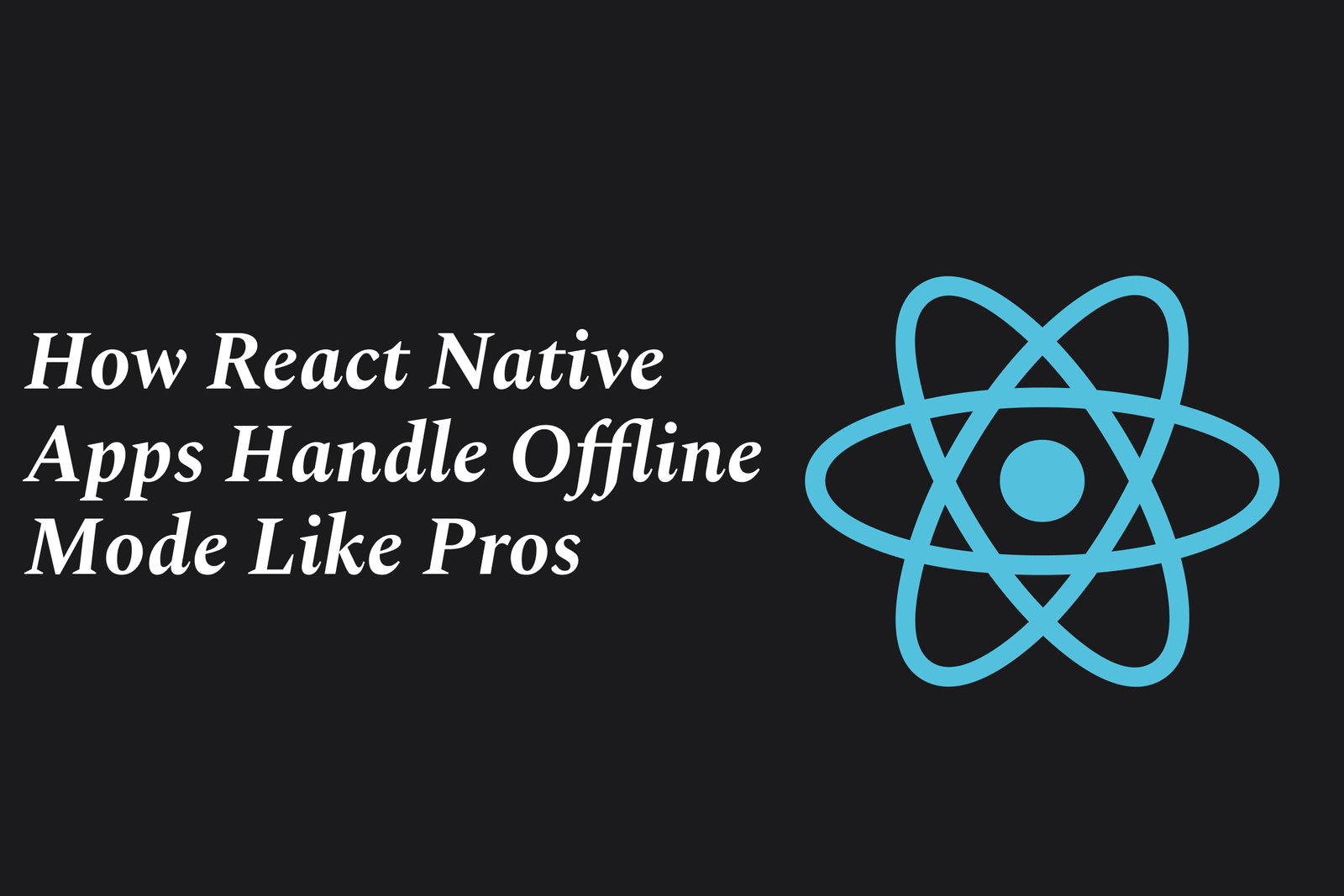React Native?S New Animation Framework: Smooth As Butter
React Native’s new animation framework uses spring physics for ultra-smooth, natural animations. It offers an easy-to-use, high-performance API that avoids costly renders, supports multiple platforms, and enables fluid, responsive UI interactions—truly making animations “smooth as butter.”
React Native’s New Animation Framework: Smooth as Butter
1 ) Introduction to the New Animation Framework
React Native has introduced a new animation framework designed to elevate UI interactions with naturally fluid animations.
This framework aims to bring apps to life with effortless, smooth animations, making the process simpler for developers.
2 ) Challenges in Traditional Animation Approaches
Traditional animations often rely on predefined time durations and easing curves, which struggle to replicate natural, fluid motion.
Renowned UI expert Andy Matuschak points out that animations parameterized by fixed duration and curves oppose continuous and fluid interactivity.
3 ) Innovative Approach Using Springs
The new framework implements spring based animations rather than fixed curves and durations.
Springs dynamically model motion, allowing for more natural and responsive animations that reflect real world physics.
This eliminates the rigidity of timing and facilitates animations that feel “smooth as butter.”
4 ) Developer and Community Endorsements
The animation framework has garnered significant praise from industry leaders including developers from Remix, Codesandbox, Airbnb, and more.
Users appreciate its easy API, performance benefits (no unnecessary re renders), and cross platform capabilities spanning web, React Native, and beyond.
It supports hook based usage and imperative API methods for running animations efficiently.
5 ) Cross Platform and Target Versatility
The animation framework supports multiple targets, including web, native mobile, Three.js, Konva, and even interesting experimental targets like ‘vazdog’.
Its architecture also facilitates easy support for additional targets through advanced API usage.
6 ) Performance and Integration Benefits
Animations run without triggering costly React rendering cycles, using imperative APIs to update styles directly.
This enhances animation smoothness and responsiveness, especially critical for touch and interactive experiences.
The framework is production ready with support for server side rendering (SSR) and is fully written in TypeScript for seamless integration.
7 ) Rich Feature Set
Ability to animate any type of value: strings, numbers, CSS variables, etc.
Supports shorthand transformation styles and inline value interpolation.
Developers can easily respond to animation lifecycle events.
Compatible with any React component library, allowing flexible usage in diverse projects.
8 ) Getting Started and Usage Example
The article provides a simple code snippet demonstrating the spring animation of a component’s property using the framework’s hooks and animated components.
This reflects how straightforward it is to define and control animations declaratively.
Summary:
React Native’s new animation framework revolutionizes UI animation by using physics based springs to create smooth, natural, and highly performant animations. Backed by broad community praise and designed for cross platform versatility, it offers developers a powerful yet simple toolset to enrich user experiences without sacrificing responsiveness or ease of integration.
https://justacademy.in/news-detail/notable-flutter-contributors-to-follow
https://justacademy.in/news-detail/flutter’s-new-devtools-make-debugging-easier-than-ever
https://justacademy.in/news-detail/best-flutter-practices-every-developer-should-follow
https://justacademy.in/news-detail/android-wearable-device-updates
https://justacademy.in/news-detail/flutter-vs-swiftui:-ios-devs-take-note
Related Posts
In 2025, top Angular libraries offer modern, feature-rich components and tools for building dynamic web apps. From powerful data grids to low-code platforms like UI Bakery, these libraries enhance development speed, UI design, and scalability, making them essential for Angular developers.
Migrating from AngularJS to Angular 17 involves gradually upgrading your app by running both frameworks together using tools like ngUpgrade, rewriting components in TypeScript, and adopting Angular’s modern architecture to enhance performance, maintainability, and long-term support.
Angular state management tools help organize and handle app data efficiently, improving scalability and maintainability. Popular options include NgRx for robust, RxJS-based patterns, and newer Signal Store solutions that offer simpler, reactive approaches integrated tightly with Angular’s latest features.
RxJS in Angular empowers developers to manage asynchronous data streams with powerful operators like `forkJoin`, `combineLatest`, and `zip`. Mastering these key operators in 2025 is essential for building efficient, reactive applications that handle complex event sequences seamlessly.
Angular performance optimization in 2025 focuses on improving app speed and responsiveness by using techniques like OnPush change detection, lazy loading, efficient data caching, and AOT compilation. These practices reduce load times, enhance user experience, and ensure scalable, fast Angular applications.
In 2025, Angular remains preferred for large-scale, enterprise apps with its robust, all-in-one framework, while Vue attracts developers seeking simplicity and fast development for smaller projects. Both frameworks excel, with choice driven by project needs and team expertise.
Angular Signals are a new reactive primitive in Angular 16 that enable fine-grained, efficient change detection by automatically tracking dependencies and updating only affected parts of the UI. They simplify state management and boost app performance, revolutionizing Angular's reactivity model.
Angular interview questions to prepare in 2025 focus on core concepts like components, directives, data binding, routing, and dependency injection, along with TypeScript mastery and latest Angular features to ensure strong practical knowledge for building scalable, efficient web applications.
AngularJS reached its official end of support in January 2022, meaning no further updates or security patches. To ensure app security and performance, developers should consider migrating to modern Angular versions or seek third-party long-term support options if immediate migration isn’t possible.
The Angular Roadmap 2025 highlights upcoming features focused on improving developer experience and performance, including zoneless Angular, Signals integration, enhanced Forms, async data handling, improved HMR, and expanded Angular Material/CDK enhancements, driving modern, efficient web app development.










